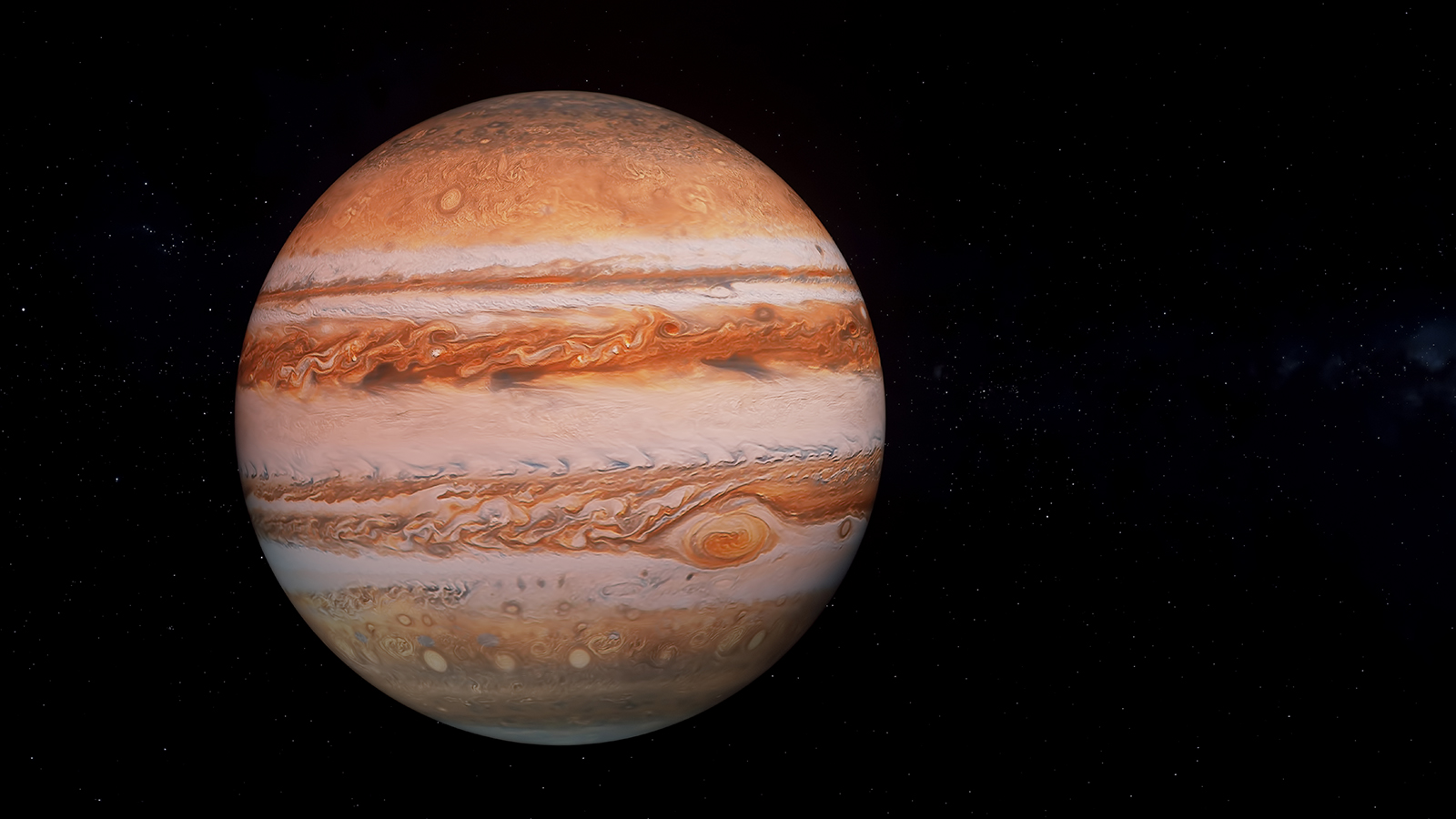Stay Up to Date
Submit your email address to receive the latest industry and Aerospace America news.
Q: The clouds in Jupiter’s Great Red Spot rotate counterclockwise, just as the clouds of a tropical cyclone in Earth’s Northern Hemisphere do. The trouble is that this fierce storm is located in Jupiter’s southern hemisphere, where we might expect a clockwise rotation, as is the case with cyclones below Earth’s equator. Why does the Great Red Spot seem to defy the rule?
Send a response of up to 250 words that someone in any field could understand to [email protected] by noon Eastern Sept. 13 for a chance to have it published in the next issue.
—
FROM THE JULY/AUGUST ISSUE: A dimple-free golf ball
We asked you why golf balls have dimples but aircraft wings don’t.
WINNER: One important goal for golf balls and aircraft alike is drag reduction. Aerodynamic drag can be described by the different mechanisms that generate it; two important sources of drag in this context are form drag, the drag caused by pressure changes as air moves around an object, and skin friction drag, caused by the viscosity of the air shearing across the surface of the object. Golf balls are approximately spherical, and this blunt shape is difficult for the airstream to wrap neatly around, resulting in a large pressure differential and high form drag. The dimples induce turbulence in the airstream and can be thought of as “adding energy” to the boundary layer air, helping it to flow around the golf ball and reducing form drag. This drag-reducing turbulence is not free; it comes at the price of increased skin friction drag. Because the golf ball’s area is small and the form drag is comparatively large, this trade-off is worth it. Aircraft are designed to be slender and aerodynamic, minimizing form drag at speed, meaning aircraft have a larger surface area and a comparatively lower form drag contribution. Adding dimples would actually reduce form drag but at the cost of increased skin friction drag over a larger area. In most cases, this trade-off increases the total drag for an aircraft. When aircraft have historically used corrugated skin, it was to aid in the rigidity of the thin sheet metal, which was a part of the structure, and the increased surface area hurt drag and performance.
Tim Tichgelaar, AIAA Young Professional member
Elgin, Illinois
[email protected]
Tim is a systems engineer in Northrop Grumman’s Mission Systems division. He graduated in May from the University of Illinois Urbana- Champaign with a bachelor’s degree in aerospace engineering.
Stay Up to Date
Submit your email address to receive the latest industry and Aerospace America news.




